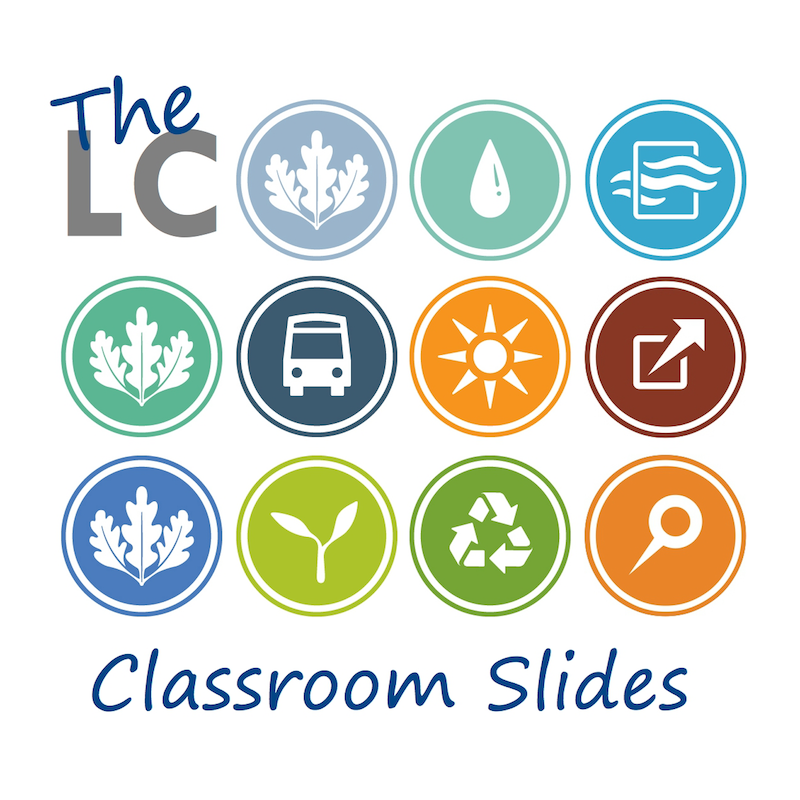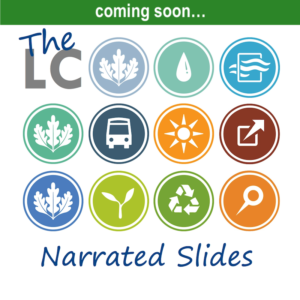Description
The Test Process – LEED® Green Associate™ Exam • Registration and Exam Fees • Exam Format • Credential Maintenance • Exam Preparation • Reference Materials • Studying for the Exam • Memorization • Practice Exams • Timeline • Taking the Exam Core Concepts and Themes – Global Climate Change • Impact Categories • Life-Cycle Approach • Life-Cycle Assessments • Life-Cycle Costing • Triple Bottom Line • Cost of Green Building • Regenerative Building •Integrative Process • Integrative Process Credit • Integrative Process Phases • Iterative Process • Systems Thinking • Open Systems • Closed Systems • Feedback Loops • Leverage Points • Practice Questions Overview of USGBC & LEED – USGBC and GBCI • LEED Rating Systems • Minimum Program Requirements • Impact Categories • Pilot Credit Library • Credit Interpretation Requests • Addenda database • Certification levels & process • Cost of LEED • LEED programs • LEED credentials • Trademark & terminology policies • Green building codes Location & Transportation – Select a location that incurs the least environmental impact • Reduce greenhouse gas emissions caused by vehicle travel • Promote redevelopment on existing sites over new construction on greenfield sites • Support health and livability and increase active transportation Sustainable Sites – Improve site design and management • Improve rainwater management • Reduce heat island effect • Reduce light pollution Water Efficiency – Reduce indoor water use • Reduce outdoor water use • Reduce process water use Energy & Atmosphere – Reducing energy demand • Increasing energy efficiency • Replacing fossil fuels w/renewable energy • Eliminating the use of harmful refrigerants • Monitoring ongoing performance Materials & Resources – Employ waste management strategies • Use material conservation strategies • Use environmentally preferable materials • Use the life cycle approach to select materials and resources Indoor Environmental Quality – Improve indoor air quality • Increase occupant comfort through: thermal comfort, access to daylight and views, acoustic design Innovation and Regional Priority – Encourage projects to achieve innovative or exemplary project performance and address regional environmental priorities for buildings in different geographic regions.





Reviews
There are no reviews yet.